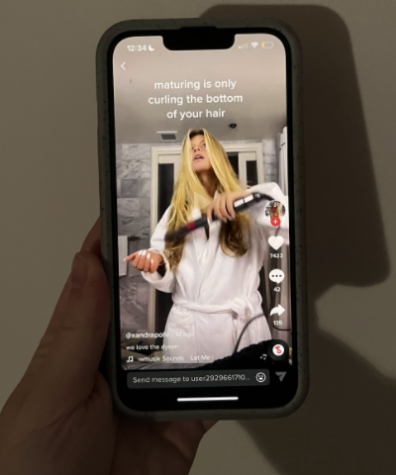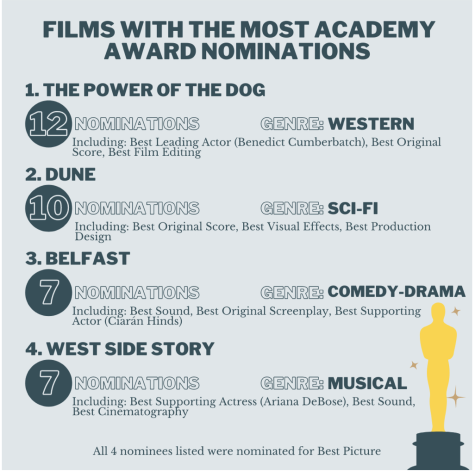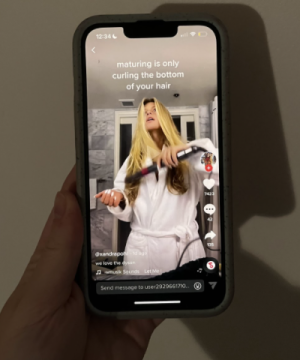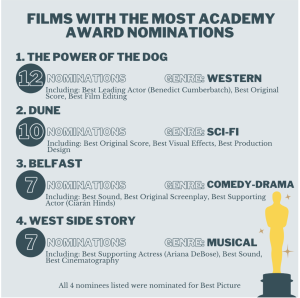The trend of casual Instagram is far from casual: instead increasing issues of comparison
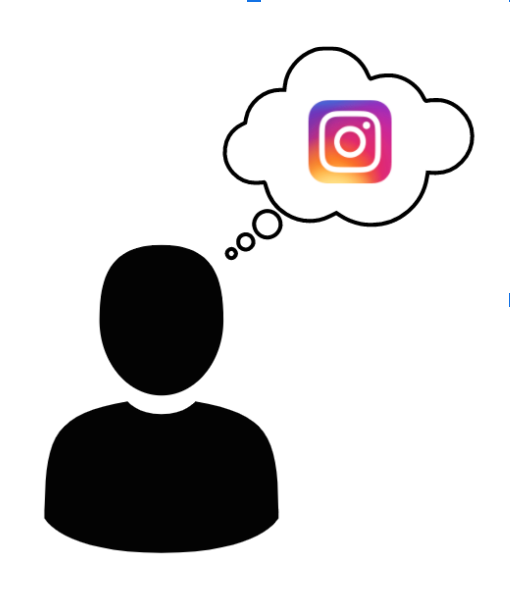
The casual Instagram trend has led to increased comparison from teens, despite the intentions of making the platform more real.
For many of us, checking TikTok, Instagram and Snapchat is a daily routine, which has created unhealthy standards with constant comparison to internet personas. Recently, there has been a notable increase in mental health disorders, issues with body image and insecurity amongst teens, which can all be directly correlated to the increase of social media usage within our everyday lives. According to etactics.com, “Spending more than 3 hours on social media per day puts adolescents at a higher risk for mental health problems in the future.”
While social media platforms in general feed into teens’ self doubt, Instagram takes the cake as the site that is as formulated as they come. Although Instagram began as a carefree and fun app when it originated in 2010, it has turned into a completely calculated environment: a place for people to perfectly curate how they would like to be perceived by others, leaving no room for rawness and reality.
With the rise of Instagram influencers and huge fan bases for such influencers, the harmful environment of Instagram has completely rubbed off on users. Apps such as Facetune and Vsco contribute to the excessive editing of posts and the morphing of pictures into something far from actuality. Since these internet stars are becoming role models and influences for young teens, it is extremely easy to fall into the trap of comparison, constantly wondering why influencers always look good, or how they always have something exciting to do.
The recent trend of “casual instagram” has taken this issue to an extreme. Recently, many teenagers have been contributing to the trend #makeinstagramcasualagain, posting things that seem more mundane and less thought out than a usual post. While posting more “raw” content and showcasing more of your “true” self is a great idea in theory — it unfortunately is a step in the wrong direction.
These posts are more curated and planned than ever. This is due to the fact that now, people are faced with the desire of making their everyday lives look seamlessly perfect. These “casual” posts, usually consisting of a slide of photos, candid or un-posed, are in reality, far from casual. Despite this un-posed nature, it is extremely rare that one would want to showcase a part of their life that could be perceived as unexciting or unattractive on a platform that displays only the opposite. Because of this, people put a lot of thought into these posts, constantly trying to achieve the perfect persona.
People are faced with the desire of making their everyday lives look seamlessly perfect.
— Julia Leitner '23
This casual instagram is an issue within the influencer world as well. Despite the fact that the lifestyle of an influencer is far from a “normal” high school life, they have tried to partake in the trend of a more realistic Instagram feed. This can be very harmful to young viewers, making feel as if they are supposed to be or look perfect at all times. Additionally, these “no makeup” or “just woke up” posts still consist of excessive editing, professional photography and unrealistic settings. Although things as such may be the norm for various influencers, it is harmful to allow young kids to believe that that is what their lives should consist of as well.
Casual posts have also created a very competitive environment within the realms of Instagram, as people are consistently trying to achieve the most aesthetic feeds. Because of this, an equal amount of time and effort goes into creating the perfect “casual” post, as creating the perfect composed posts. This shift in Instagram trends has not changed the overall environment of comparison that comes with the app nor has it has not created a more real or vulnerable site. Instead, it has just changed the ways in which people wish to be perceived.
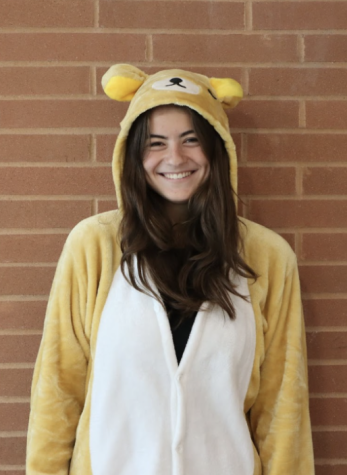
Assistant Business Director Julia Leitner ’23 has a busy schedule balancing school and her extracurriculars, but Leitner enjoys juggling all of her daily...













































